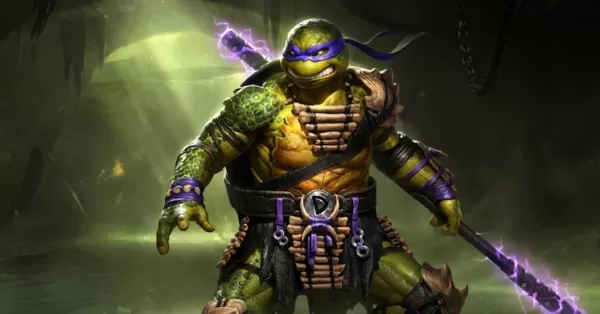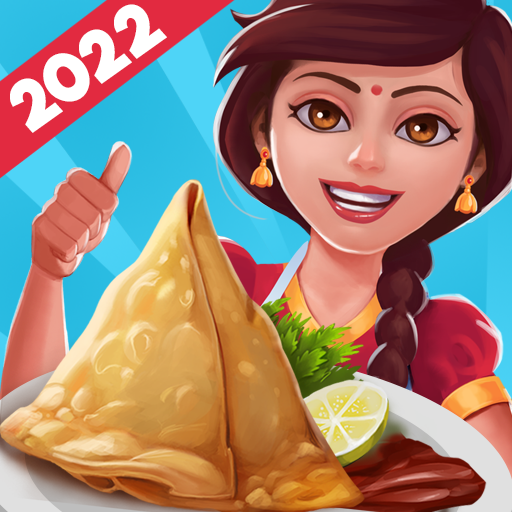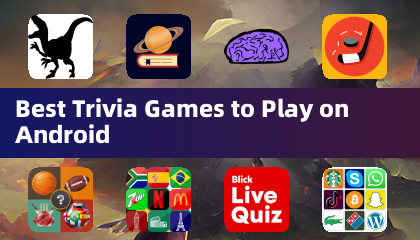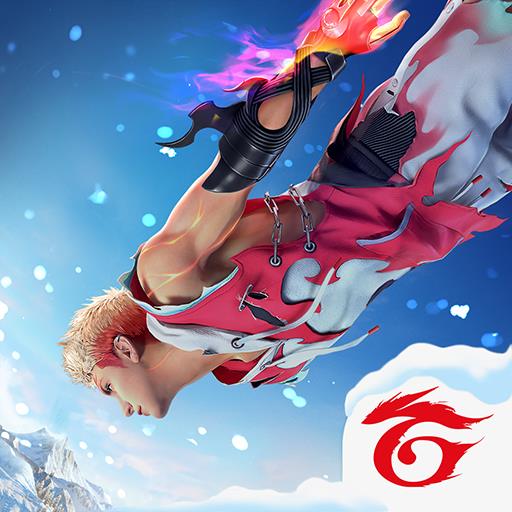If you're a gaming enthusiast, you’ve likely caught wind of the recent wave of price increases across consoles, accessories, and games. Xbox has confirmed that its upcoming first-party titles will retail for $80 USD starting this holiday season, while also raising the prices of its consoles. The impact of this shift is both profound and wide-reaching, potentially setting off a chain reaction that could affect PlayStation hardware and software pricing in the near future.
Make no mistake—this marks one of the most expensive eras for gaming since the early 1990s. The base model Xbox Series S now costs $380 USD, making it only slightly more affordable than the PlayStation 5 Slim Digital Edition bundled with Astro Bot. Meanwhile, the 2TB Xbox Series X now retails at $729 USD, surpassing the PS5 Pro by around $30.
This move comes shortly after Nintendo's announcement of the Switch 2, which introduced a $450 price tag for the console itself and notably jumped straight to an $80 price point for certain first-party titles like Mario Kart World, bypassing the previous $70 standard set earlier by Sony and Microsoft. Xbox is clearly following suit, and there’s little reason to believe this trend won’t continue upward.
Will PlayStation Games Increase to $80?
Sony’s response remains under close watch. However, given rising manufacturing costs and ongoing trade tariffs, it seems increasingly likely that PlayStation will follow suit with price hikes of its own. Even if Sony is less impacted by these tariffs than Microsoft, its stronger market position makes maintaining current prices seem financially unwise in the face of competitive moves from Xbox and Nintendo.
More importantly, Sony has long emphasized the premium value of its first-party titles, many of which enjoy critical and commercial success. If Xbox is raising the bar to $80, it would be surprising if Sony didn’t match or exceed it. This belief in IP value isn’t new—titles like Returnal were priced at $70 despite fan pushback, signaling Sony’s willingness to charge more for high-quality experiences. Given the scale and cost of producing modern AAA games, an $80 threshold feels not just possible, but inevitable.
AnswerSee ResultsThe Death of Physical Games
Beyond rising console and game prices lies a broader industry shift—toward digital distribution and subscription services, and away from physical media.
Digital platforms and proprietary subscription services such as PlayStation Plus and Xbox Game Pass generate significantly higher margins compared to physical sales and used game resales. That’s why platform holders have aggressively pushed users toward these models. While Xbox recently increased Game Pass pricing mid-2024, it remains a compelling value proposition when compared to buying even a single $80 first-party title outright.
For collectors and fans of physical media, this transition is disheartening. As physical copies become pricier and harder to justify, the all-digital future may arrive faster than anticipated.
What Does This Mean for GTA 6 and Everyone Else?
The floodgates are officially open. Even before the global trade tensions and post-pandemic economic shifts, the games industry was already grappling with shrinking profits and ballooning development budgets. With major publishers now moving to raise consumer prices across hardware and software, the sustainability of current pricing models is being redefined.
The final confirmation of whether this $80 price point becomes the new standard will likely come with the release of Grand Theft Auto 6 in 2026. Analyst speculation about a $100 price tag initially seemed far-fetched, but given the multi-billion-dollar investment in development and over a decade of production time, Rockstar and publisher Take-Two have every incentive to maximize returns on what is arguably the most anticipated game in history.
AnswerSee ResultsWhen Rockstar finally announces the official release date for GTA 6, expect the price to start at $80—and possibly climb even higher. That said, not every title will necessarily follow this trajectory. Games like Helldivers 2 and Split Fiction have proven there’s still demand for lower-priced alternatives outside the traditional AAA space. Many players may opt to wait for discounts rather than pay full price day one.
But one thing is clear: game prices are trending upward. For gamers, this means being more selective with purchases and mindful of how much we’re willing to spend in the evolving landscape of interactive entertainment.















